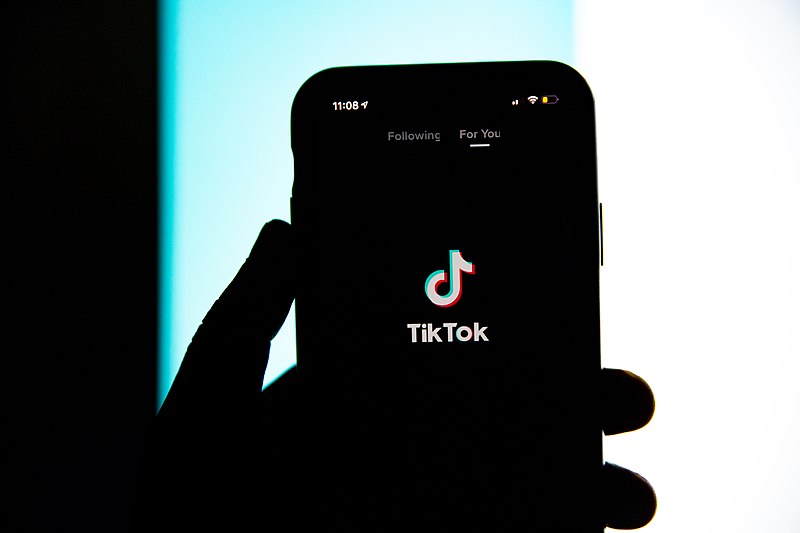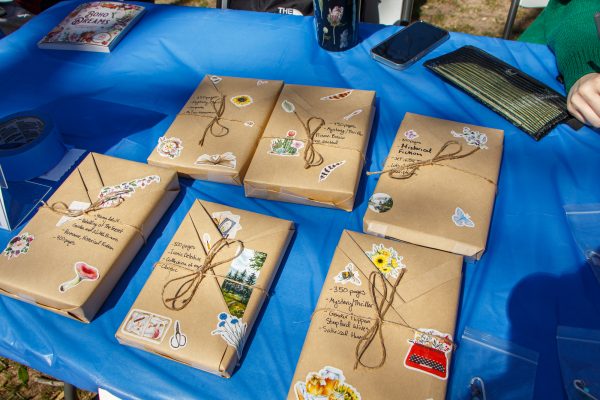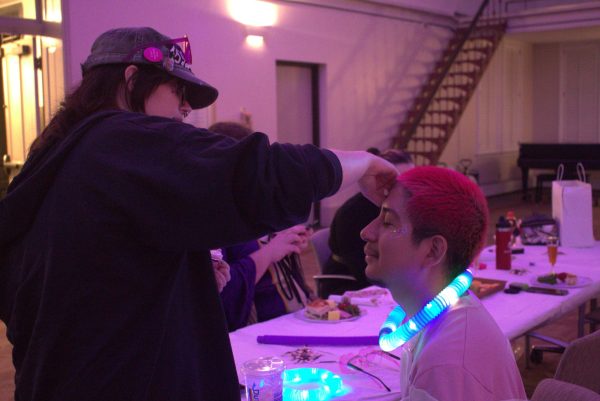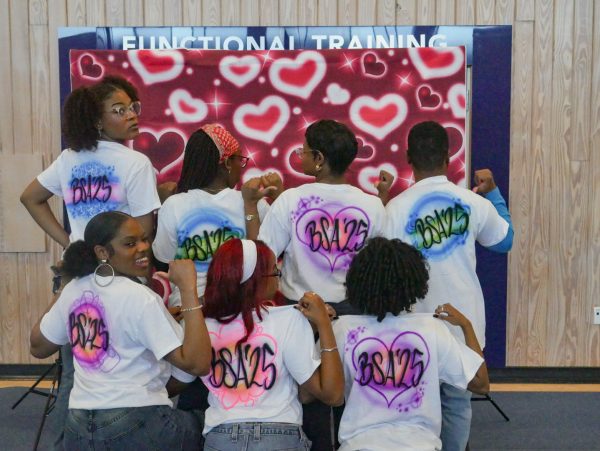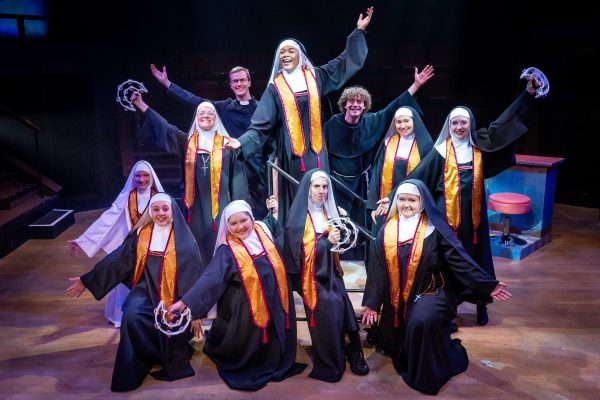TikTok evolves from lip synching app to true art form utilized by many creators
TikTok was first introduced to the United States app store in 2018. There are currently 500 million users.
When the app Musical.ly launched in 2014, it was dominated by children and teens enjoying the opportunity to lip-sync and dance to 15 seconds of their favorite songs. The platform quickly gained popularity among this demographic, and by 2015, it had risen to the top of the App Store charts.
In 2018, Musical.ly merged with another platform, TikTok. At the time, TikTok was only available in China, so it was virtually unknown in the United States. The merger catapulted the app into the U.S. mainstream media, garnering widespread praise from older users outside the Musical.ly demographic for its algorithm and similarities to the once-loved social media app Vine, which infamously shut down in 2016.
Now, TikTok has broken through the stereotypes once held by its predecessor Musical.ly, attracting 50 million monthly active users in the U.S. and opening up space for the creation of unique art forms.
St. Edward’s senior Tony Ho is an avid TikTok user. He believes more and more people are utilizing TikTok in artistic ways because these trends and features do not exist on other social media platforms.
“TikTok already had the music aspect going for them, but then they added fun filters, duet and potential for interesting transitions,” Ho says. “There are a lot of trends and creative videos you won’t see on Instagram or other social media. It’s really unique. And people on TikTok are open to whatever, so you can really experiment. You can showcase your talent in a lot of ways with the app, and some of that stuff has never been seen before really.”
Ho believes the app has evolved exponentially since its launch, especially for artists.
“When I first saw the app, I wasn’t about it because it came from Musical.ly,” he says. “It was only really a music platform, and that’s not really what I’m into. But then I saw that it has grown to more than just music trends. TikTok is cool because there are so many different trends and communities, from art to fashion, to dancing, to sewing.”
Ho primarily watches comedians and musicians on TikTok, but he also follows other creators such as Tim Dessaint, who makes content on men’s fashion, and Steezy Studio, a dance studio that provides TikTok tutorials.
Although TikTok has become famous for its dancing trends, and popular dancers such as Charli D’Amelio have quickly stolen the spotlight on the app, content creators in other areas are using the features of the app to create niche trends that harness creative abilities, such as “point-of-view” (POV) acting and transition videos.
POV acting is when a creator posts a video reciting one part of a scene, allowing other TikTok users to duet the video and act out the other part in the scene.
Although this format is simple, it leaves room for users to showcase their raw talent. These videos have inspired many trends, such as the #vintageactingchallenge created by TikToker Chris Barnett, who has drawn a large following with his acting videos.
Transition videos require the mastery of the TikTok editing system. Similar to a transition in a PowerPoint slide, TikTok transitions are short effects that move viewers from one shot to another. The app has several different transitions available to use, but many users have begun to emphasize these with the manipulation of camera angles to create complex transitions involving elements like outfit changes, mirrors and location switches.
Creators such as Maria Jeleniewska have attracted millions of followers and views for their transitions.
Senior Keldon Boswell says he believes transitions could even be considered an art form.
“Transitions are so important to the makeup of videos,” Boswell says. “Some people have even been able to make a career out of the transitions and cinematography by itself.”
Although Ho agrees, he says art forms made famous by TikTok, including transitions, may not be long-lasting if TikTok loses its popularity.
“I want to be hopeful that people will continue to use TikTok for creativity, but art is fluid and always evolving,” he says. “The core of it is the same … but the mediums are always changing. If TikTok were to die out, arts such as transitions would go with it because you wouldn’t go to other platforms to see stuff like that. It’s very niche creative content that is so specific to TikTok, it wouldn’t last without it.”
And with the confusion surrounding Trump’s potential ban on TikTok, the future of the app and the art that comes with it remains unclear.
“If there is a TikTok ban, it will definitely affect many people because it’s a widely loved platform,” Ho says. “There are so many popular creators now, so more people are at stake in a way. I think losing TikTok will be especially sad for the art community because this is a unique way to promote, show and make art that people love.”


